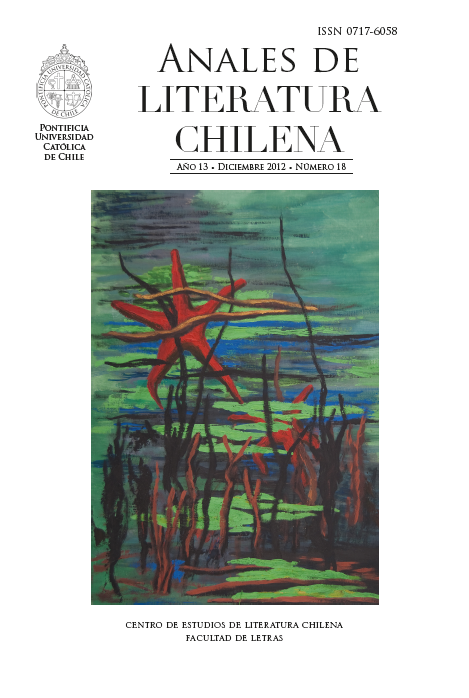“Jesus was a good artist”: Christ and the Gospel metaphors in El compadre by Carlos Droguett
Keywords:
Carlos Droguett, El compadre, Religious Metaphors, Christ ImageAbstract
Beyond obvious religious symbols and metaphors (life as a Calvary, the scaffolding, the wine, the door…), the figure of Christ has a significant presence in the novel El compadre (1967), by Carlos Droguett, who identifies Him with several characters in the plot. Under a social-political background (the suffering life of a poor drunkard at the time of president Pedro Aguirre Cerda), the author presents the universal human condition, which is no other than suffering, always with a Christian-sign metaphorical projection, in which Jesus Christ is the model. Droguett gives the story an air of Gospel parable, with the style of the apocryphal gospels, which runs through every page of the novel. The stories and reflections of Ramón Neira are, therefore, an apocryphal and popular version of the public life of Christ, the same way the apocryphal and popular stories tell unofficial versions of Jesus’ childhood. Droguett advocates for a more humane Christ, a closer Christ with whom the suffering man can feel more identified.


